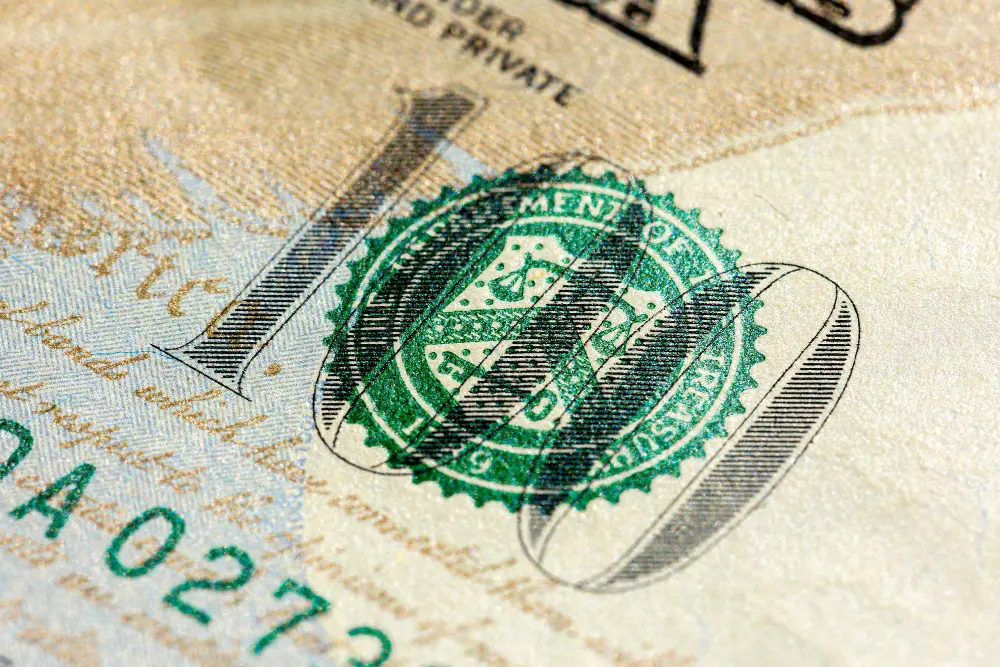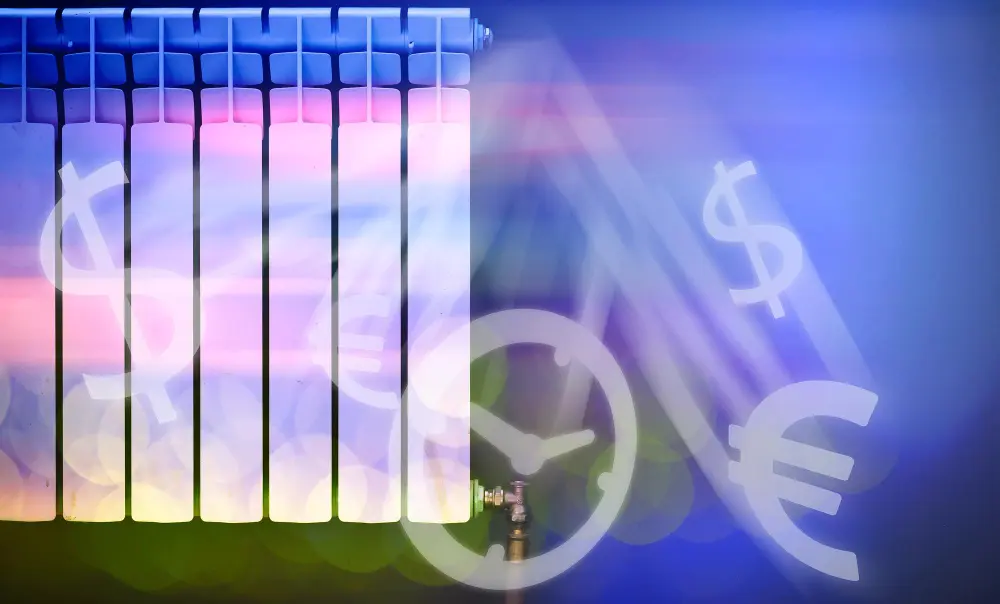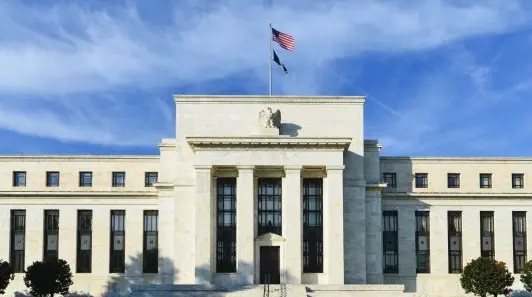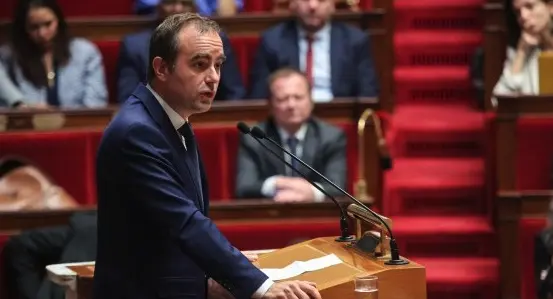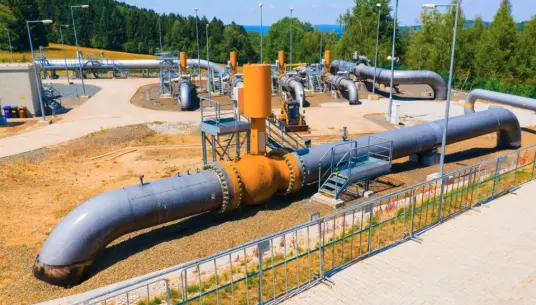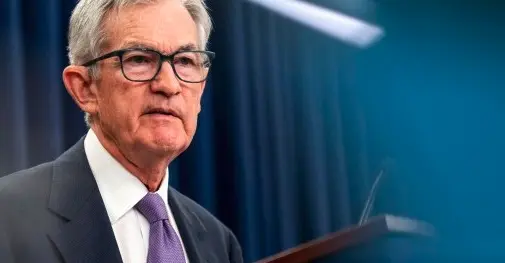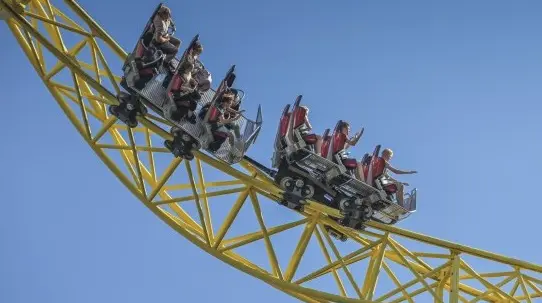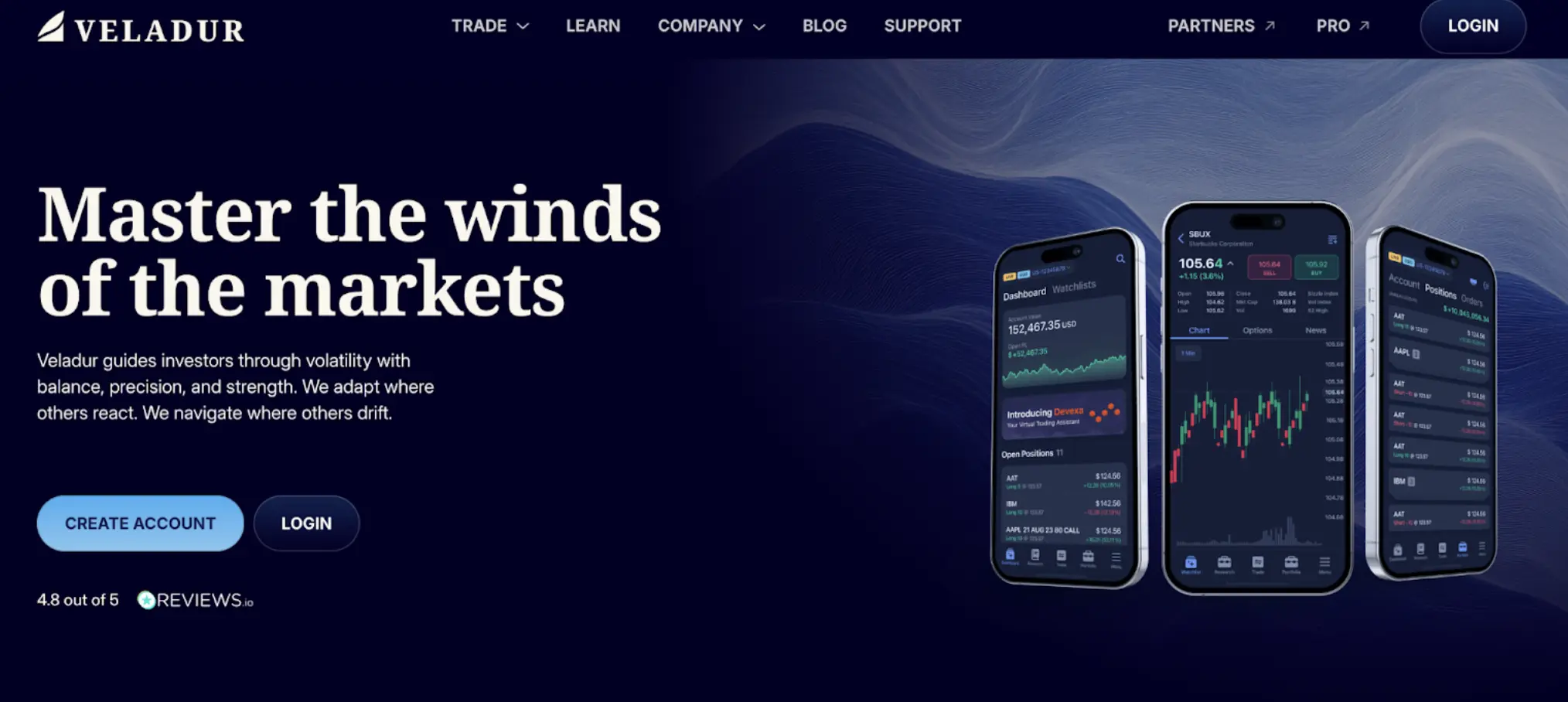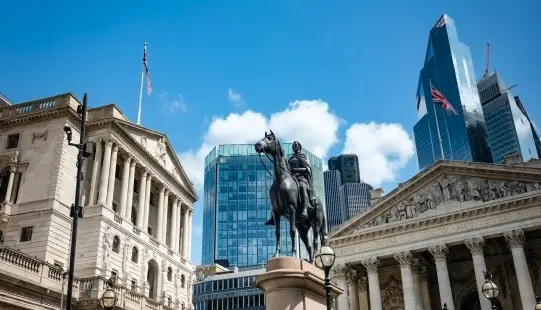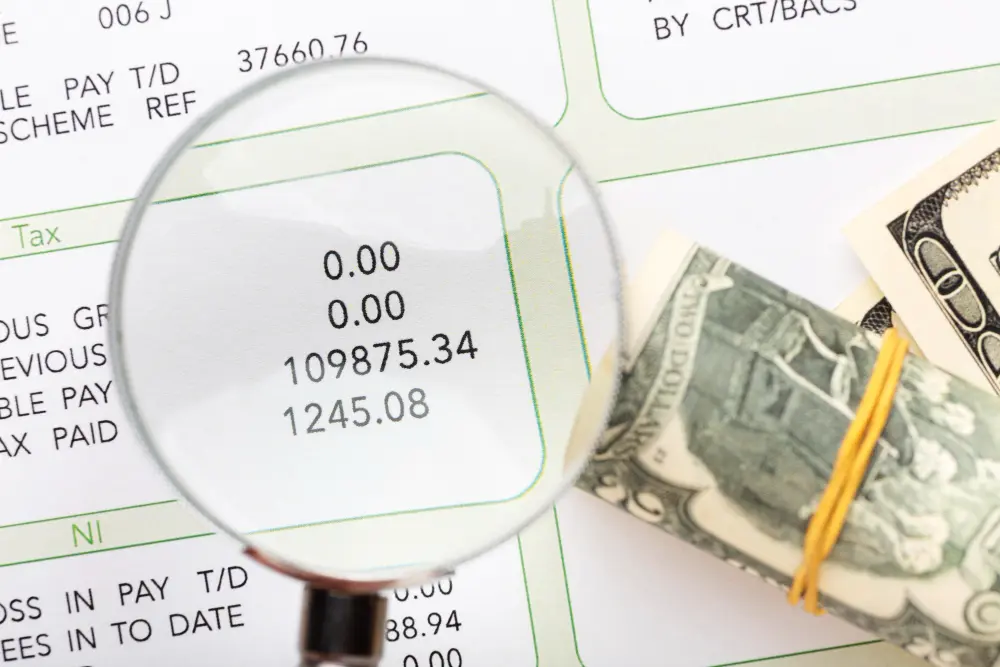Given the circumstances, Europe could not have hoped for a better situation heading into this winter. Demand destruction and milder-than-usual weather in the early part of the heating season have ensured that the region has continued to build storage deeper into winter. EU storage continued to grow until mid-November, with it reaching nearly 96% full. This is above the five-year average of almost 88% for mid-November. This leaves Europe in a better-than-expected position for this winter and the next few months should be more manageable. However, it is still vital that the region remains cautious as Europe needs to try to end the current heating season with storage as high as possible given the expectation of a further reduction in gas flows next year.
European demand has responded to higher prices
Higher prices through much of this year have ensured demand destruction, and as a result, the European Commission has been able to stick to its voluntary demand cut of 15% between August and the end of March, rather than imposing a mandatory 15% reduction. Eurostat data shows that in September, EU natural gas demand was 15% below the five-year average, while numbers from third-party consultants suggest that in the months since, demand reductions have exceeded the 15% target.
Europe will need to see continued demand destruction through 2023 to ensure adequate supply for the 2023/24 winter. This is particularly the case given the risk that we see further declines in Russian gas supply to the EU.
Russian natural gas flows remain a risk
Russian pipeline gas flows have fallen significantly this year. The latest data shows that Year-to-Date pipeline flows from Russia to Europe have fallen by around 50% YoY to roughly 58bcm. And, obviously, these flows have declined progressively as we have moved through the year with reduced output via Ukraine and Nord Stream. Daily Russian gas flows to the EU are down around 80% YoY at the moment. Therefore, if we assume that Russian gas flows remain at current levels through 2023, annual Russian pipeline gas to the EU could fall by a further 60% to around 23bcm in 2023. And clearly, there is a very real risk that the remaining flows will be halted.
Limited LNG supply growth
The liquefied natural gas (LNG) market has helped Europe significantly this year. LNG imports into the EU over October grew by almost 70% YoY, with volumes exceeding 9bcm. However, there are constraints to how much more LNG Europe can import due to limited LNG regasification capacity. However, we have seen the start-up of a fair amount of regasification capacity in the form of floating storage regasification units (FSRUs) over the second half of this year. The Netherlands, Germany, Finland & Estonia have - or are in the process of - starting up operations at these FSRUs with a combined capacity in the region of 23-27bcm. Germany is expected to bring a further 15bcm of regas capacity online early next year. This will help with some of the infrastructure constraints Europe is facing, but the issue is also around global LNG supply and the limited capacity which is expected to start next year.
Global LNG export capacity was set to grow by around 19bcm in 2023, driven by the US, Russia and Mauritania. However, following Russia’s invasion of Ukraine and the sanctions which followed, it is likely that any ramping up of Russian capacity is surely on hold. Russian capacity makes up for 46% of the total new capacity expected next year. There fore, we could see just 10.5bcm of new supply capacity.
Read the article on ING Economics
Disclaimer
This publication has been prepared by ING solely for information purposes irrespective of a particular user's means, financial situation or investment objectives. The information does not constitute investment recommendation, and nor is it investment, legal or tax advice or an offer or solicitation to purchase or sell any financial instrument. Read more
